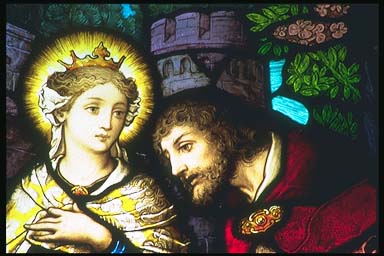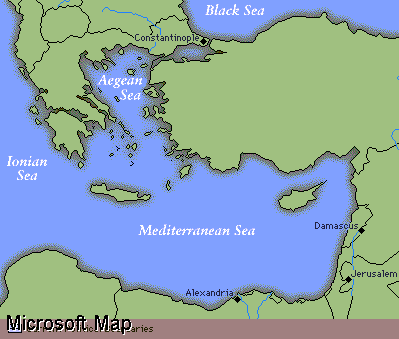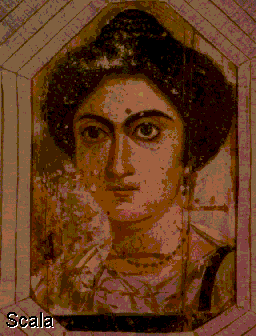
Welcome to Coptic Egypt

Welcome to Coptic Egypt
Coptic Church (Arabic qubt; from Greek aiguptios, “Egyptian”), the major Christian church in Egypt, the name of which points to its national origins. Unsubstantiated tradition attributes to the apostle Mark the initial preaching of Christianity in Egypt. Recent scholarship suggests that the origins of Egyptian Christianity are to be found among the Jews living in Alexandria in the 1st century AD. By the end of the 2nd century in Alexandria, the major city of Hellenistic Egypt, the Christian catechetical school headed by Clement of Alexandria had already acquired great fame. Origen, the founder of Greek Christian theology and biblical science, followed Clement as head of the school. In the 4th and 5th centuries, two great bishops of Alexandria defended Christian orthodoxy—Saint Athanasius, against Arianism, and Saint Cyril, against Nestorianism.
Some Egyptian Christians, however, refused to follow the decrees of the Council of Chalcedon (451), which defined the person of Jesus Christ as being “one in two natures.” The doctrine of “two natures” appeared to them to imply the existence of two Christs, divine and human, and was therefore tainted with Nestorianism. They upheld the terminology of Cyril, who had spoken of “one incarnate nature of God the Word.” Those Egyptian Christians who rejected the Council of Chalcedon—a council accepted both in Constantinople (present-day Istanbul) and in Rome—faced charges of Monophysitism, the belief that Christ has only one nature rather than two.
Only a few Alexandrians remained faithful to Chalcedonian orthodoxy. Because this minority was supported by Byzantine imperial authorities, the Copts developed national and cultural animosity against the Byzantine Empire. This hostility facilitated the conquest of Egypt by the Arab Muslims in the 7th century. Today the Coptic Christian population of Egypt constitutes a substantial minority of about 7 million. Traditionally the Coptic church is headed by the pope and patriarch of Alexandria, who is nominated by an electoral college of clergy and laity, With a flourishing monastic tradition dating from the early Christian era (1st century to 8th century), the church has, in recent times, encouraged the development of a modern school system. The Coptic church has also been in fruitful communication with the Ethiopian, Armenian, Jacobite, and Other communities. Recent discussion between Coptic and Eastern Orthodox theologians has indicated that the controversies of the past, provoked mainly by verbal differences, could be overcome and communion restored between the two.
Orthodox Church, one of the three major branches of Christianity, which stands in historical continuity with the communities created by the apostles of Jesus in the region of the eastern Mediterranean, and which spread by missionary activity throughout Eastern Europe. The word orthodox (from Greek, “right-believing”) implies the claim of doctrinal consistency with apostolic truth. The Orthodox Church has also established communities in Western Europe, the Western Hemisphere, and, more recently, Africa and Asia, and it currently has more than 174 million adherents throughout the world. Other designations, such as Orthodox Catholic, Greek Orthodox, and Eastern Orthodox, are also used in reference to the Orthodox Church

Ancient Patriarchies
The four great ancient patriarchies (besides Rome) were Constantinople, Alexandria, Damascus, and Jerusalem.
Coptic Art and Architecture,

Portrait of a Woman
The Copts were a Christian culture living in Egypt. Their civilization was at its height between the 2nd and 7th centuries. This portrait of a young woman is part of a mural from a Coptic building. The large, forward-looking eyes and stylized features are characteristic of the Coptic painting style.
the artworks generally associated with the Copts, or Egyptian Christians, dating from about the 3rd to the 12th century, but by no means entirely Christian in content or application. Coptic art drew inspiration from many sources: the forms and motifs of ancient Egypt—classical and Hellenistic—and Near Eastern art; and contemporary life in the Nile Valley. Until recently archaeologists were not concerned with Coptic material; the date and provenance of much of Coptic art is therefore difficult to determine. Most of the art is usually dated to the 5th through the 7th centuries and, as far as can be established, the primary artistic centers were at Ihnasiya in the Al Fayyum, or Akhmim in Sohag, Upper Egypt. After the Arab conquests (641-43), Coptic art became less common, although it still persisted for several centuries.
 Pharaoh Egypt Pharaoh Egypt |
 islamic Egypt islamic Egypt |
 Modern Egypt Modern Egypt |
 Back to Egypt Page Back to Egypt Page |
||